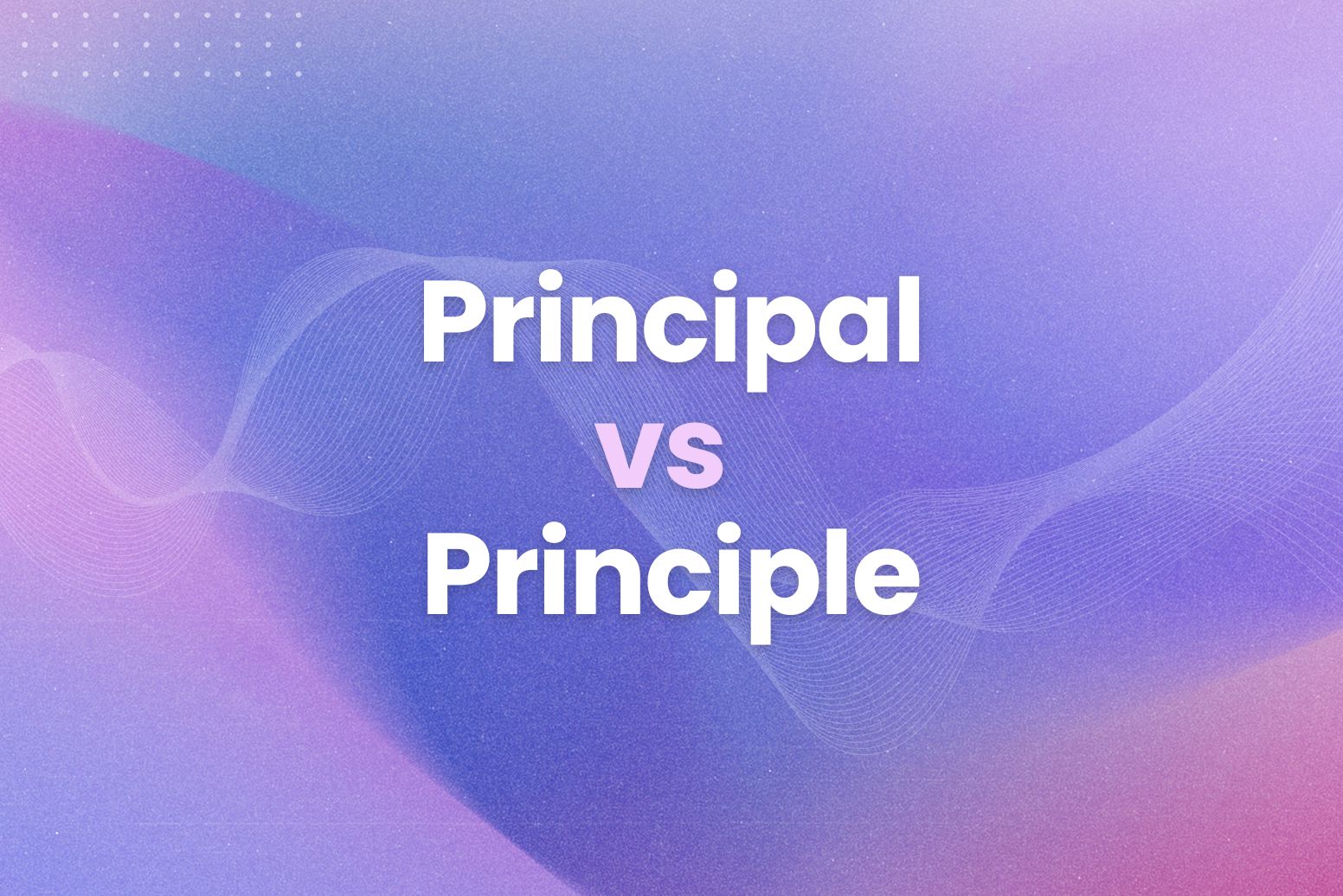Have you ever wondered if there’s a real difference between a caregiver vs caretaker?
This guide dives into the nuances of these terms, their unique responsibilities, and even how they connect to psychological dynamics like codependency. Whether you’re writing about these roles or stepping into one yourself, understanding their distinctions can make all the difference.
Definition of Caretaker
A caretaker is a person responsible for maintaining or managing a property, individual, or organization, typically in a temporary or professional capacity. The term is commonly associated with physical upkeep, transitional roles, or general responsibility.
Struggling with grammar? Arvin AI’s Grammar Checker ensures your writing is polished, professional, and error-free.
Examples of Caretaker
Property Maintenance
Caretakers often handle cleaning, repairs, and daily operations to keep places running smoothly.
- Picture the caretaker of an old lighthouse, keeping the beacon functional through harsh storms and years of wear. Without them, sailors might lose their way, and the structure itself could crumble.
Interim Leadership
In organizations, caretakers ensure continuity and stability during uncertain times.
- When a football coach resigns mid-season, the assistant coach often steps in as the caretaker. Their job isn’t just to maintain the team’s morale but also to guide them through the chaos until a new leader is found.
Personal Care
In these settings, caretakers blend responsibility with nurturing guidance, supporting individuals both practically and emotionally.
- “At a remote summer camp, the caretaker might juggle multiple roles—keeping the cabins clean, fixing a broken swing set, and making sure the campfire is ready for s’mores. They’re not just maintaining the place but also creating memories for every child there.”
Definition of Caregiver
A caregiver is someone who provides personal, emotional, or medical support to another individual, typically someone who is ill, elderly, or in need of assistance with daily tasks. Unlike “caretaker,” which often focuses on property or transitional roles, a caregiver’s responsibility is rooted in compassion and direct interaction with people.
Examples of Caregiver
Personal Assistance
- Walt Kowalski in Gran Torino reluctantly becomes a protector and guide for his neighbor Thao, stepping in to offer practical help and stand up for him in tough moments. His actions reflect the quiet strength and responsibility of caregiving.
Emotional Support
- Chris Gardner in The Pursuit of Happyness demonstrates the emotional depth of caregiving, supporting his son through homelessness and hardship with unwavering love. His journey is a testament to how emotional care can anchor someone in their most vulnerable moments.
Medical Assistance
- Louisa Clark in Me Before You not only helps Will with his medical needs but also brings humor and vitality back into his life.
Family Caregiving
- In Coco, Miguel’s family ensures Mama Coco is surrounded by love and tradition, prioritizing her well-being and connection to her heritage.
Professional Caregiving
- Nurse Ratched from One Flew Over the Cuckoo’s Nest presents a contrasting view of caregiving, where control and power overshadow compassion. This depiction serves as a reminder that true caregiving must prioritize empathy and understanding.
From blogs to emails, Arvin AI’s Grammar Checker ensures your writing is always on point.
Differences Between Caretaker vs Caregiver
| Aspect | Caretaker | Caregiver |
| Primary Focus | Responsibilities often center on managing or maintaining objects, properties, or roles. | Primarily focuses on caring for people who are unable to care for themselves. |
| Typical Context | Commonly used in professional or organizational roles, such as maintaining buildings or interim leadership. | Refers to providing emotional, physical, or medical support to individuals in need, such as the elderly or ill. |
| Examples | A caretaker of a historic mansion ensuring the property remains well-maintained. | A caregiver assisting an elderly patient with daily activities like dressing, eating, and medication. |
| Emotional Role | Emotional involvement is generally minimal, as the role prioritizes responsibility and upkeep. | Strong emotional connections are often part of the role, especially in family or personal caregiving scenarios. |
| In Pop Culture | In The Secret Garden, the caretaker maintains the estate but indirectly influences the characters’ lives. | In The Notebook, Noah serves as a caregiver for Allie, supporting her through Alzheimer’s with deep devotion. |
| Alternate Contexts | Sometimes used to describe temporary leadership roles, such as a caretaker government. | Typically involves direct, ongoing interaction with the person being cared for. |
Caretaker vs Caregiver Grammar
Caretaker
A caretaker is typically someone responsible for maintaining or overseeing a property, object, or temporary role.
- “In The Mandalorian, the caretakers of the Child (Grogu) range from warriors to nurturing allies, each preserving his safety in their own way.”
2. Caregiver
A caregiver provides personal or medical support, often caring for individuals unable to manage on their own.
- “In The Fault in Our Stars, Augustus subtly becomes a caregiver for Hazel, supporting her emotionally and physically during her illness.”
Caretaker vs Caregiver Psychology
Caretaker Psychology
Task-Oriented and Structured
Caretakers thrive in roles that involve organization, structure, and routine. They find satisfaction in maintaining order and ensuring things run smoothly.
- “In The Secret Garden, the caretaker of the estate primarily focuses on maintaining the grounds, playing a practical role that indirectly supports the emotional journey of the story’s characters.”
Boundaries and Emotional Detachment
Caretakers often maintain professional detachment, focusing on the task rather than forming emotional connections.
- “The caretaker of a zoo may deeply care for the animals, but their role prioritizes feeding schedules and habitat upkeep over bonding.”
Caregiver Psychology
Emotionally Driven and Relational
Caregivers prioritize the emotional and physical well-being of the individuals they support, forming deep, often personal connections. However, the relational aspect often creates fulfillment but also leaves caregivers vulnerable to emotional fatigue.
- “In The Notebook, Noah’s unwavering care for Allie during her battle with Alzheimer’s exemplifies the emotional depth and sacrifice involved in caregiving. His dedication highlights both the beauty and challenges of this role.”
Empathy and Emotional Challenges
Caregivers thrive on empathy, but this can lead to compassion fatigue if they neglect their own well-being.
- “A hospice caregiver might find immense meaning in their role but need to decompress after a day of emotionally charged conversations with families.”
Caretaker vs Caregiver DID
| Aspect | Caretaker in DID | Caregiver in DID |
| Primary Role | Focuses on organization, routine, and practical stability. | Provides emotional support, nurturing, and reassurance. |
| Emotional Involvement | Limited, prioritizing tasks over relationships. | High, often involving deep emotional connections. |
| Examples | Managing schedules, ensuring daily tasks are completed. | Comforting a distressed alter, offering emotional grounding. |
| Psychological Rewards | Satisfaction from maintaining order and predictability. | Fulfillment from fostering safety and emotional connection within the system. |
Caregiver vs Caretaker Codependency
What Is Codependency?
Codependency is a behavioral condition where one person prioritizes another’s needs to the detriment of their own well-being. It often involves excessive emotional reliance and can lead to unbalanced, unsustainable relationships.
Comparison of Caretaker vs Caregiver in Codependency
| Aspect | Caretaker in Codependency | Caregiver in Codependency |
| Primary Focus | Task-oriented; seeks control through external order. | Emotion-focused; enmeshed in the emotional needs of others. |
| Emotional Involvement | Low to moderate; maintains detachment while managing responsibilities. | High; often struggles to separate their emotions from those they support. |
| Key Behaviors | Over-managing, perfectionism, and taking on too many responsibilities. | Over-giving, neglecting personal needs, and blurring emotional boundaries. |
| Psychological Impact | Burnout and frustration from feeling indispensable. | Emotional exhaustion and loss of self-identity due to overinvolvement. |
Final Words
The distinction between a caregiver and a caretaker goes beyond just word choice—it’s about understanding the unique responsibilities and impacts each role carries. Caregivers dedicate themselves to people, offering emotional and physical support that fosters connection and care. In contrast, caretakers focus on maintaining order, whether it’s managing properties, tasks, or responsibilities, ensuring stability behind the scenes.

Need help crafting your words or tackling tricky topics like this? Arvin AI’s Grammar Checker can help you communicate with clarity and confidence.
FAQ
Caretakers are responsible for maintaining properties, tasks, or temporary roles, often focusing on physical or organizational duties. Caregivers, on the other hand, provide emotional and physical support to individuals in need, such as the elderly or those who are ill.
The role of a caretaker involves maintaining order, managing properties, or handling tasks that ensure smooth operations.
A caretaker is someone responsible for overseeing and maintaining something, such as a property, organization, or even an interim role.
A caretaker is defined by their ability to manage tasks, maintain systems, or care for physical spaces.






